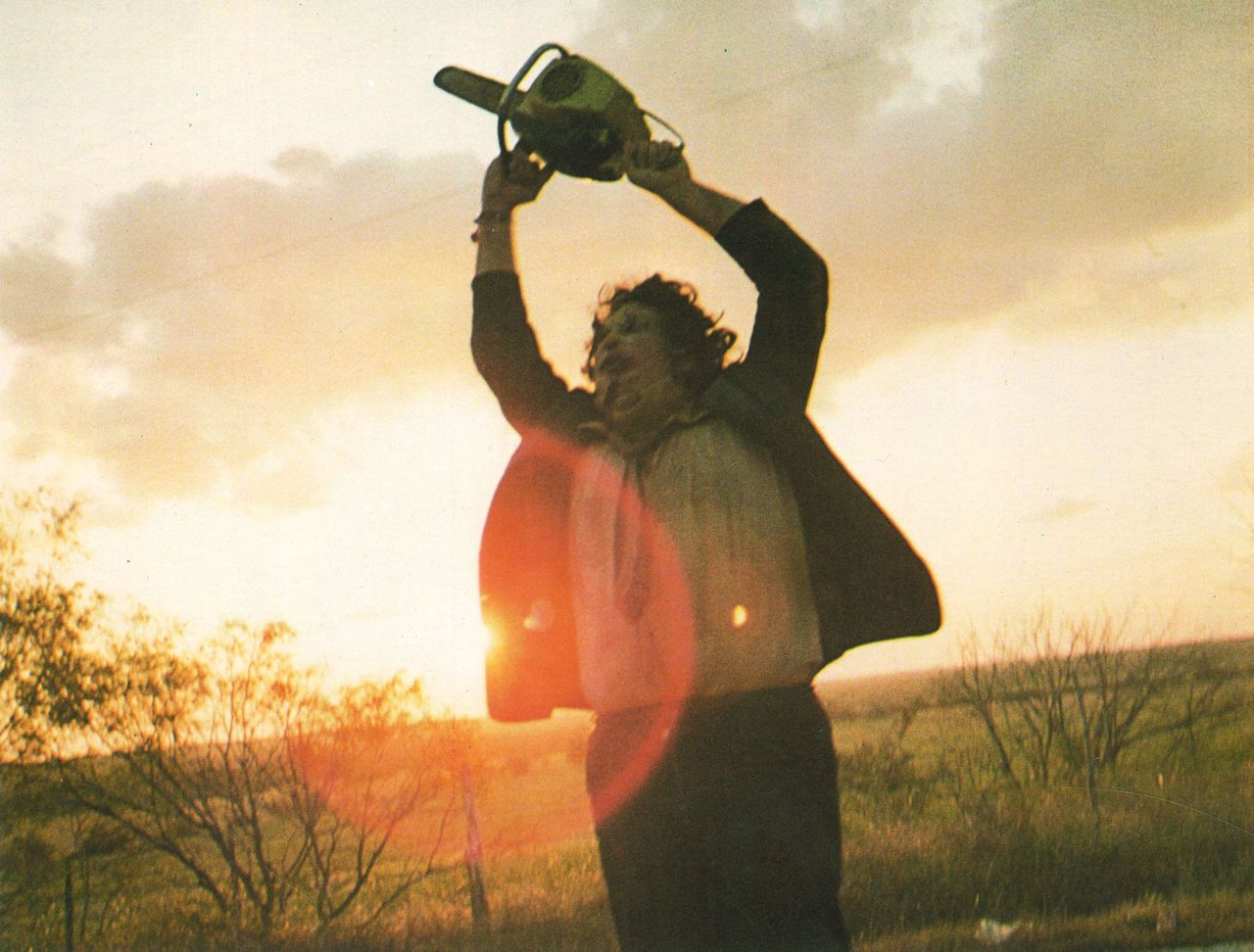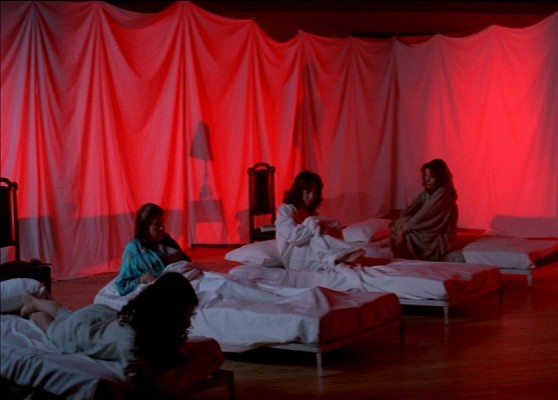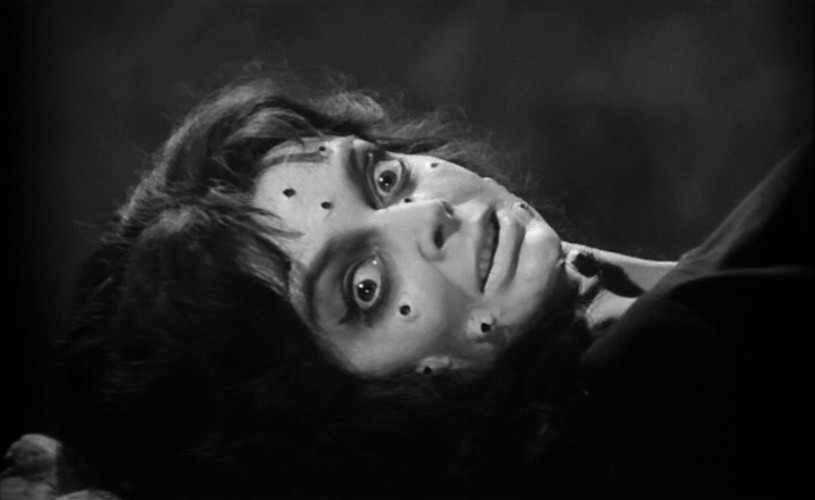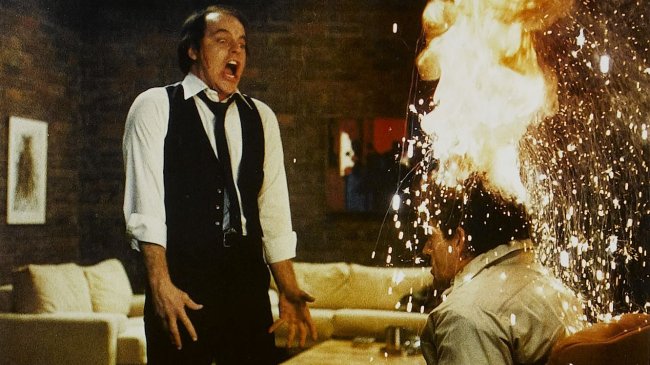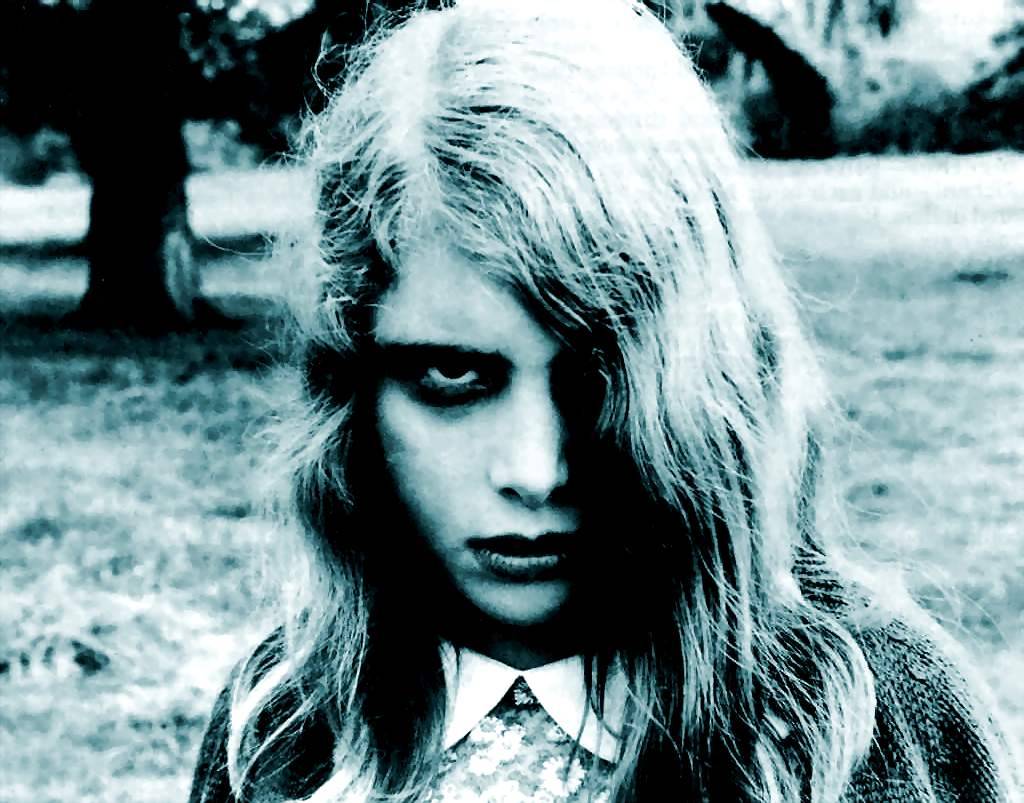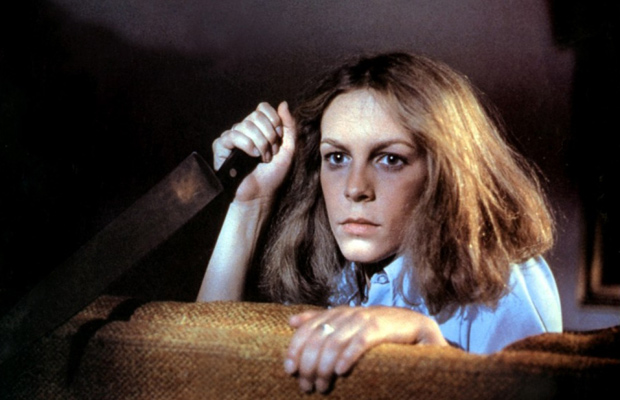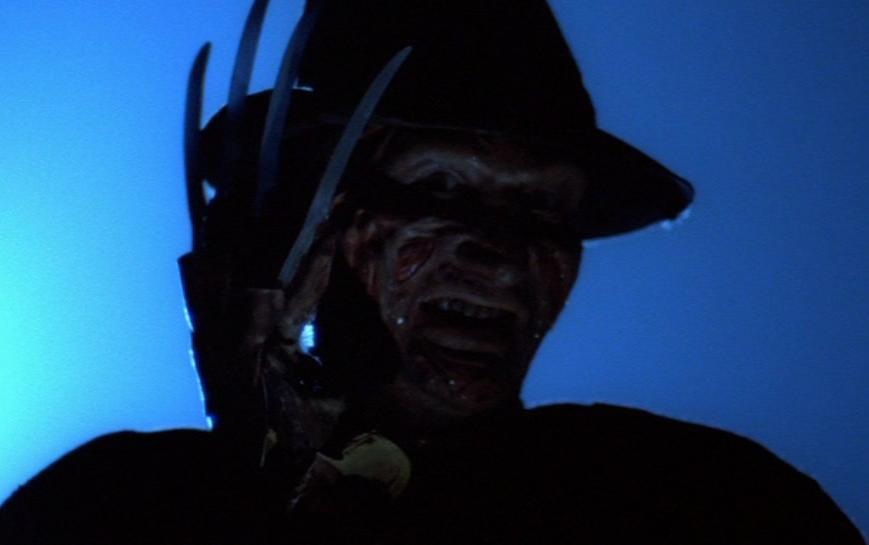7. Tobe Hooper
Even though there was a lack of gore in The Texas Chainsaw Massacre, it still remains as one of the most influential films in the horror genre. Tobe Hooper was able to create a story so terrifying and disturbing that it almost felt real at some point.
Hooper introduces viewers to an incredibly dysfunctional family in just one scene and by the end of it, you want to take a shower. The vicious howling, the hanging women on meat hooks, the unnerving close-ups, the stomach churning torture scenes – all of them created the famous Leatherface we know and love today.
Fortunately, Leatherface wasn’t Hooper’s only successful franchise. He was also able to make spirits spooky again in The Poltergeist. Despite the rating restrictions, this PG horror film was able to create an incredibly eerie atmosphere. However, the attention to detail by using real skeletons at the “burial site” may have put a curse on the franchise.
Several actors have died, including Heather O’Rourke and Dominique Dunne, and was even the subject of an E Hollywood story. Could this be why Hooper hasn’t directed a franchise since then?
Must Watch: The Texas Chainsaw Massacre, The Poltergeist
6. Dario Argento
Before his gradual decline in the 1990’s, Dario Argento was one of the pioneers of the giallo genre. Literally translating to “yellow” in English, giallo films derive from the pulpy detective crime fiction printed on yellow paper. They usually are murder mysteries with erotic and horror tropes instilled into it.
Nicknamed the Italian Hitchcock, Argento’s films combined different elements such as mystery and the supernatural. In Deep Red, which is considered one of the greatest giallo films ever made, Argento takes a classic detective story and uses child-like items to terrify the audience. The killer’s signature consists of dolls with a playful soundtrack playing in the background.
However, Suspiria is the film that made him famous internationally. While the acting was pretty unbearable, Argento used surreal color schemes to create a compelling and detailed atmosphere. It may sound like a soap opera, but if you can ignore the actors’ melodramatic performances, you’ll be left with a beautiful film to watch.
Must Watch: Suspiria, Deep Red, Inferno
5. Mario Bava
If there’s anything that can be said about Mario Bava (besides looking like Walt Disney’s doppelganger), it’s that he is a man of all trades. He was a big player in the Italian horror and science fiction genre but doesn’t just limit himself to those two. He’s been present in action films, giallo films, and even spaghetti westerns.
While he might not be as gory as Lucio Fulci, he still managed to create a chilling atmosphere, which wasn’t hard considering his lighting skills. He was primarily known as a cinematographer but got his big break directing Vamperi after the original director left the project.
From there on, he has created a lot of spooky features such as Black Sabbath and Kill Baby Kill. His most famous film, Black Sunday, illustrates how talented he was at setting the scene. He created a beautiful gothic horror setting by using precise lighting, shadows, and an eerie soundtrack. No matter how unsettling his work is, Bava established himself as one of cinema’s great artists.
Must Watch: Black Sunday, Kill,Baby Kill, Black Sabbath
4. David Cronenberg
When you think of the disgusting transformation effects that only nightmares are made of, you can thank David Cronenberg for that. He is considered one of the originators of venereal horror, which explores people’s fears of body distortion. For most of his career, he was writing screenplays that highlight certain problems of society. He then uses body distortions to illustrate his criticisms.
Even with the simplest messages, he manages to shove his ideas down people’s throats with the most gruesome imagery possible. How can we possibly forget the vaginal hole on James Woods’ body to signify being raped by the media in Videodrome?
Despite transitioning towards more dramatic films, Cronenberg still uses similar means to critique society. Even if he’s not as gruesome as he used to be, Cronenberg still manages to create quality work. His most recent film, Maps to the Stars, focused on the horrors of Hollywood using a dramatic and suspenseful approach rather than body distortion. He doesn’t have anything scheduled for the future, but hopefully we get the Cronenberg we love back sometime soon.
Must Watch: Scanners, Videodrome, The Fly
3. George A. Romero
Thanks to trends such as The Walking Dead, zombies have become another craze almost as obnoxious as vampires. Thankfully, we still have George Romero to show us the way of decent zombie flicks.
His first film, Night of the Living Dead, not only set a standard for zombies,but redefined the word “zombie” entirely. In Haitian folklore, zombies were believed to be people brought back from the dead by sorcerers, but they never ate human flesh. This modern take on the monster would soon be called ‘Romero Zombies,” and would be used in his “Dead” film series.
There is more than just gore and human flesh being eaten. Romero refers to his ghouls as a “natural disaster,” often representing different reflections of society. In Night of the Living Dead, the zombies represent the panicking masses after World War II, while Dawn of the Dead was about consumerism. Every time he makes a new film, he incorporates a current problem in society, which the victims have to fight. He’s been doing it well for a long time and let’s hope he continues for an equally long time.
Must Watch: Night of the Living Dead, Dawn of The Dead
2. John Carpenter
John Carpenter is one of the most diverse directors out there with a resume that varies from science fiction to martial arts. He’s not only a director, but also an avid film composer, scoring all of his films except The Thing. In 1978, his career skyrocketed with Halloween, setting the standard for slasher films and horror franchises. His famous antagonist, Michael Myers, paved the way for many other famous villains to come, such as Jason Voorhees and Freddy Krueger. Christopher Lee has even said that his biggest regret was declining the famous role.
After his success with Myers, Carpenter tried his hand at science fiction. His adaptation of The Thing not only managed to be better than the 1951 original, but it also raised the bar for special effects. Unfortunately, the gory effects and bleak tone lead to a big flop at the box office and wouldn’t receive any recognition until years later.
Even though he hasn’t been in the public eye for a while (people have even thought he died), Carpenter’s name will never go away. His infamous sounds and characters will forever haunt the horror genre.
Must Watch: The Thing, Halloween
1. Wes Craven
Wes Craven wasn’t always the horror icon we think of. After teaching college English, Craven started out directing pornographic films under different pseudonyms. In 1972, he got his big break with The Last House On The Left , a rape-exploitation film that was heavily controversial and even banned in some countries. It wasn’t until his 1984 slasher, A Nightmare on Elm Street, that he got his acclaim.
What made Craven so unique was his exploration of nature and reality. A Nightmare on Elm Street was so iconic because of Freddy Krueger, the man who could kill through dreams. Through this medium, Craven could kill his protagonists any way he’d wanted and he definitely took advantage of that. He also used the same tactic in Scream, a film that parodied the horror genre more than anything.
Scream was extra special because it brought horror back to life in the 1990’s, a time that people thought was the death of the genre. It brought in a huge amount of success and made Ghostface another name in the slasher roster (and an annoyingly popular Halloween costume).
Must Watch: Nightmare on Elm Street, The Last House on The Left, Scream
